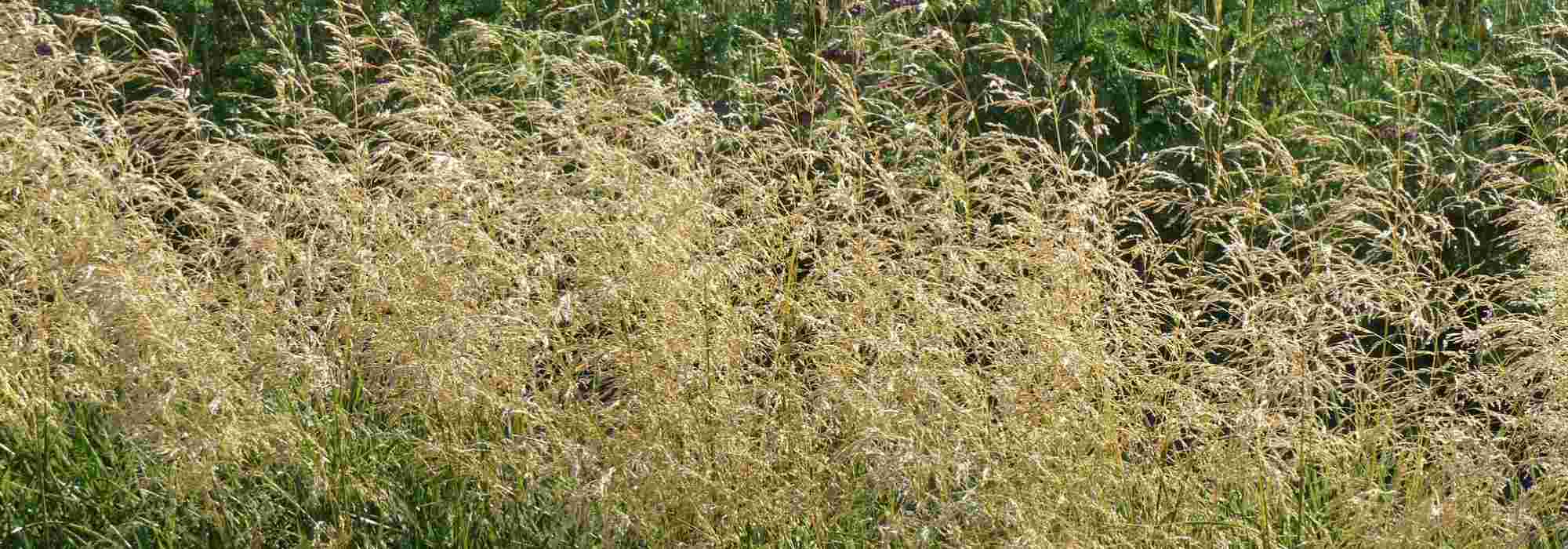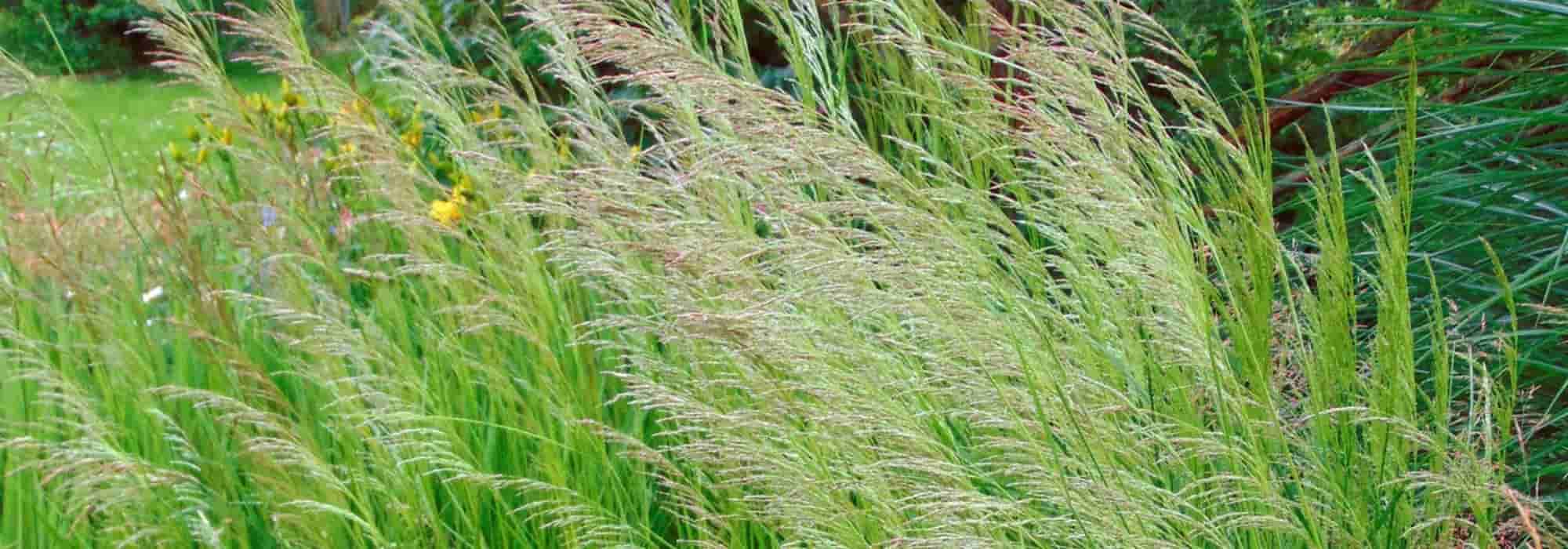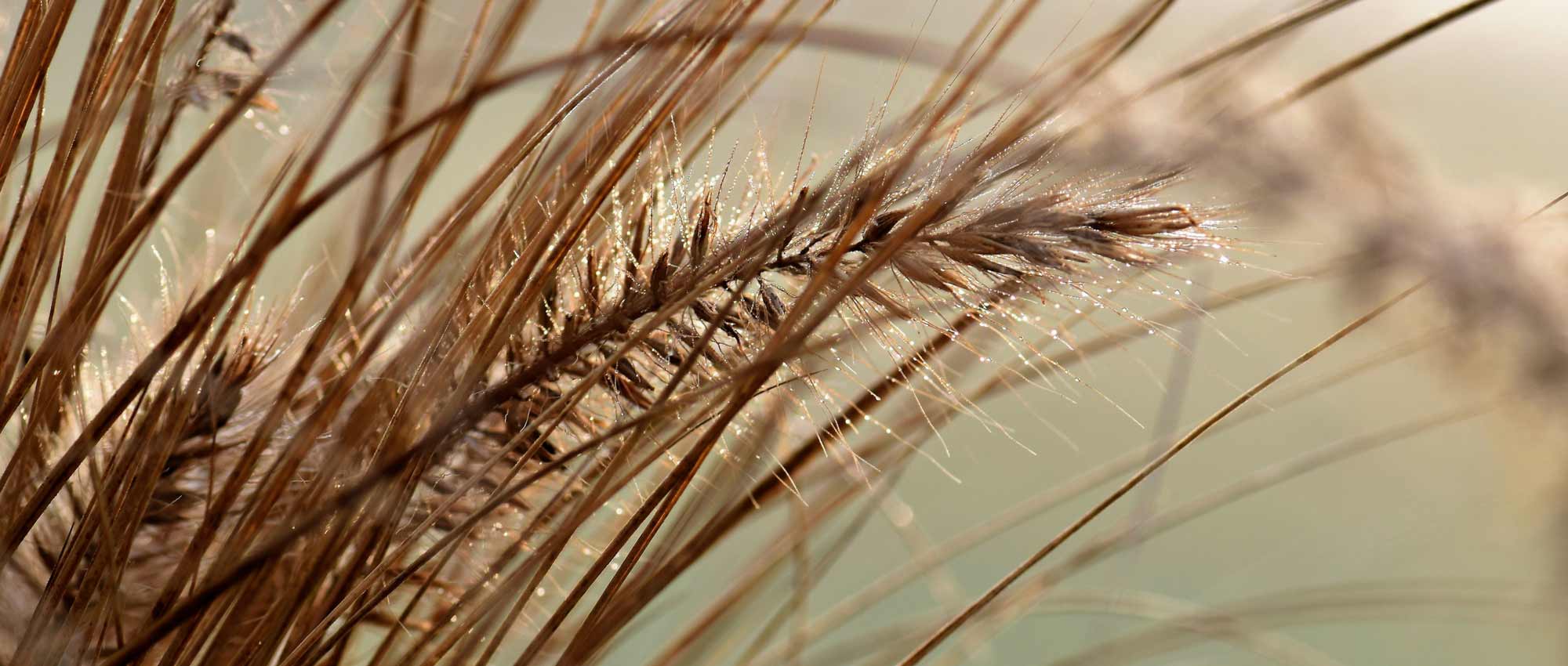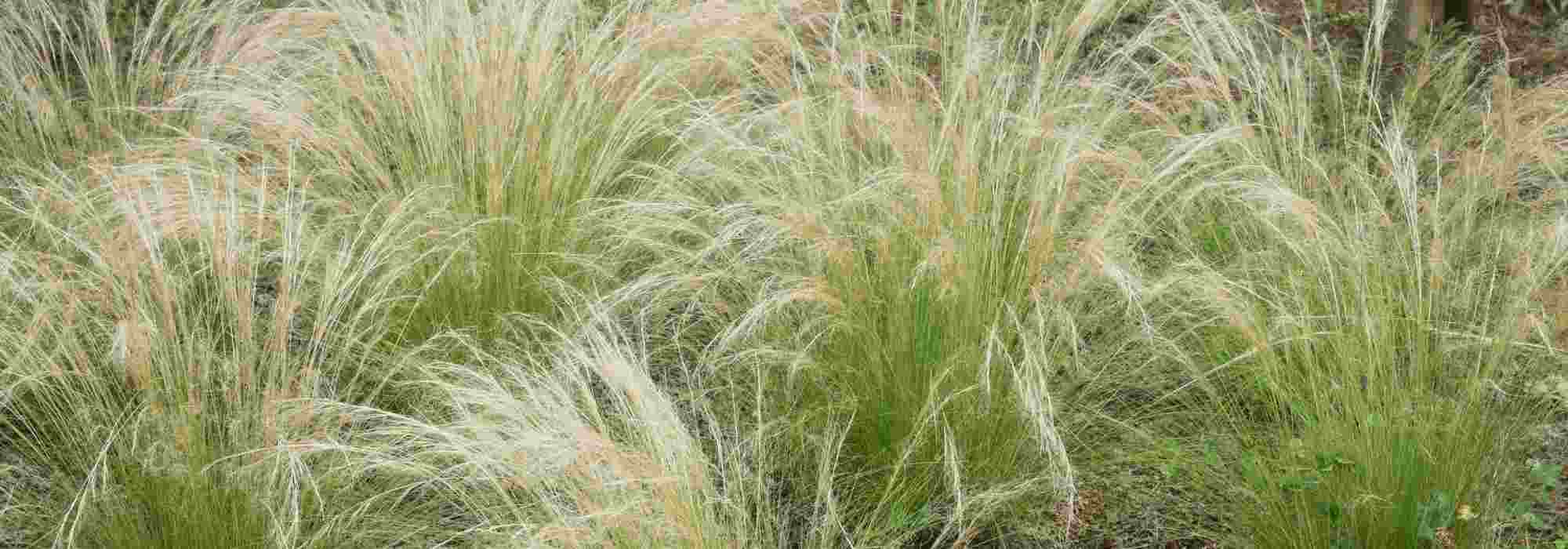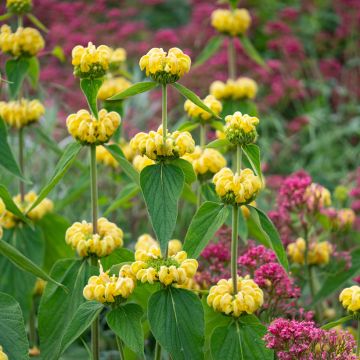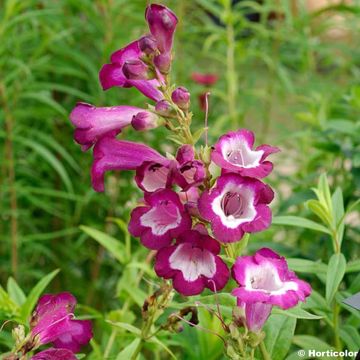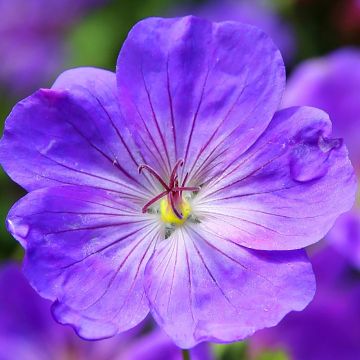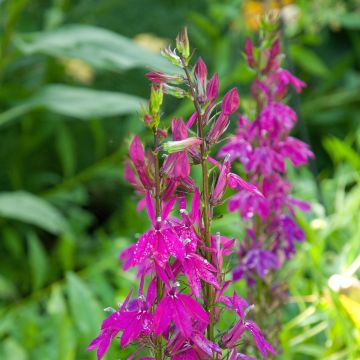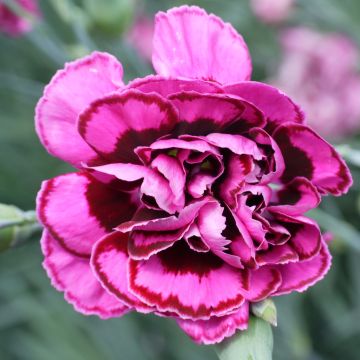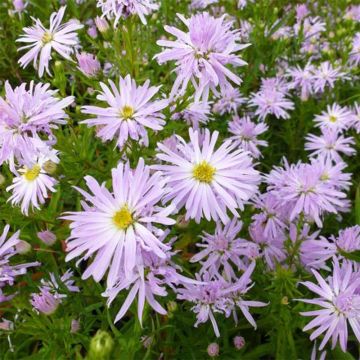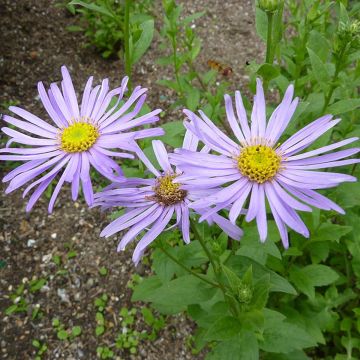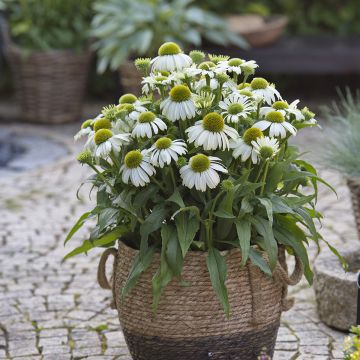

Deschampsia cespitosa Vivipara
Deschampsia cespitosa Vivipara
Deschampsia caespitosa Vivipara
Tufted Hair Grass, Hassock Grass, Tussock grass
Special offer!
Receive a €20 voucher for any order over €90 (excluding delivery costs, credit notes, and plastic-free options)!
1- Add your favorite plants to your cart.
2- Once you have reached €90, confirm your order (you can even choose the delivery date!).
3- As soon as your order is shipped, you will receive an email containing your voucher code, valid for 3 months (90 days).
Your voucher is unique and can only be used once, for any order with a minimum value of €20, excluding delivery costs.
Can be combined with other current offers, non-divisible and non-refundable.
Home or relay delivery (depending on size and destination)
Schedule delivery date,
and select date in basket
This plant carries a 12 months recovery warranty
More information
We guarantee the quality of our plants for a full growing cycle, and will replace at our expense any plant that fails to recover under normal climatic and planting conditions.
Would this plant suit my garden?
Set up your Plantfit profile →
Description
Deschampsia cespitosa 'Vivipara' is a variety of tufted hair grass whose name evokes its ability to produce young plants instead of flowers at the end of its floral stems, a unique phenomenon among these grasses. Its other characteristics are similar to those of the wild species: its habit is dense, with a slightly arched tuft, and its long and slender leaves remain evergreen in winter. It is a medium-sized perennial grass, which remains ornamental all year round. It is very hardy, and easy to grow in moist soil. This curious variety with a papyrus-like appearance deserves a prominent place in the garden. Plant it close to a walkway, near a pond, or in a large pot on a patio.
Deschampsia cespitosa is a perennial grass with a densely tufted, non-spreading habit, belonging to the Poaceae family. It is native to Europe, temperate Asia, and boreal America, where it easily grows in various moist and uncultivated places. Very long-lived, this extremely hardy plant self-seeds quite easily, but the young seedlings can be easily removed.
The curious 'Vivipara' form, from which it originated, forms a beautiful upright, well-rounded tuft. It measures 70cm (28in) tall when flowering (40 to 45cm (16 to 18in) for the foliage), with a spread of about 50cm (20in). The evergreen leaves are flat, slightly arched, 2 to 5mm (1in) wide, very rough and often very long. They are of a medium green colour. In the midst of the foliage, stiff floral stems appear from June-July to September. They will not produce flowers or seeds, but tiny young tufted grasses, arranged in small trailing clusters. Sometimes the seedlings will root themselves.
Deschampsia does not interfere with neighbouring plantings and thrives at the edge of water features. This astonishing 'Vivipara' form will delight lovers of botanical curiosities, as well as enthusiasts of exotic settings. Use it on a patio, in flower beds, or around a small pond. This grass can easily replace papyrus plants, which may be more spectacular but also more demanding in terms of watering needs. 'Vivipara' will excel in flower beds, mixed with perennials with ample foliage, or planted in large masses, to bring lightness and brightness to a wild garden. It will happily accompany narcissus, daffodils, dahlias, and numerous late-season perennials (sneezeweed, echinacea, Japanese anemones, and asters).
Deschampsia cespitosa Vivipara in pictures
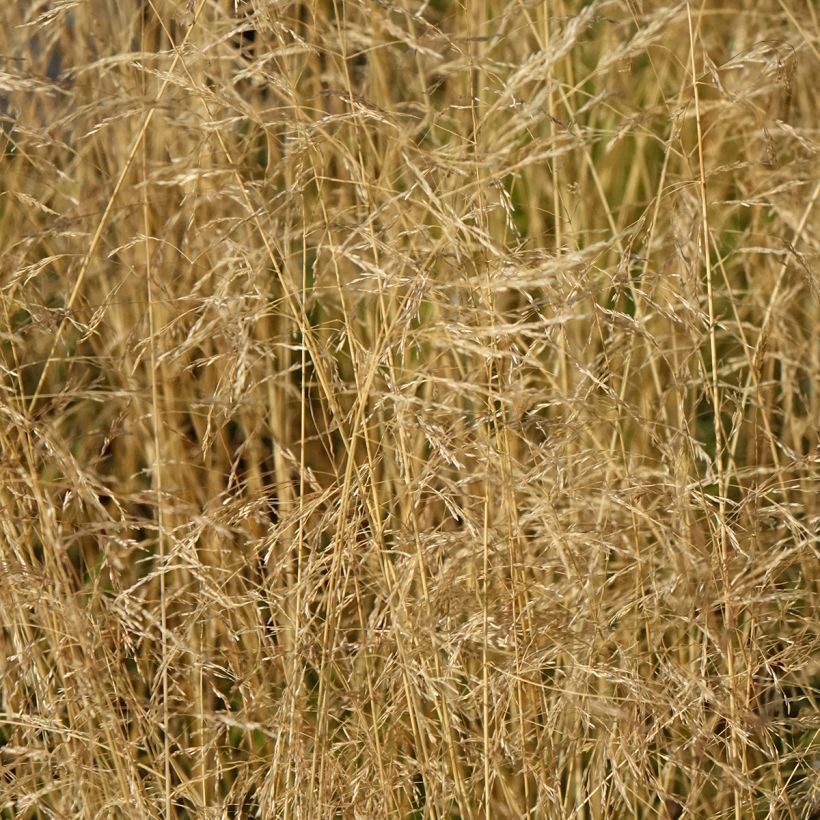

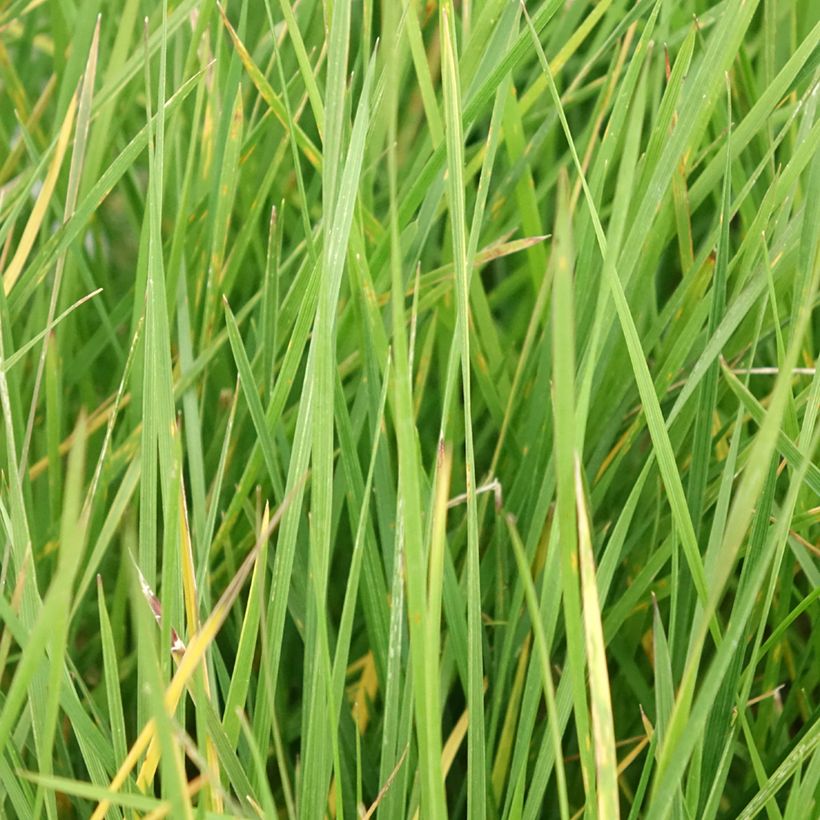

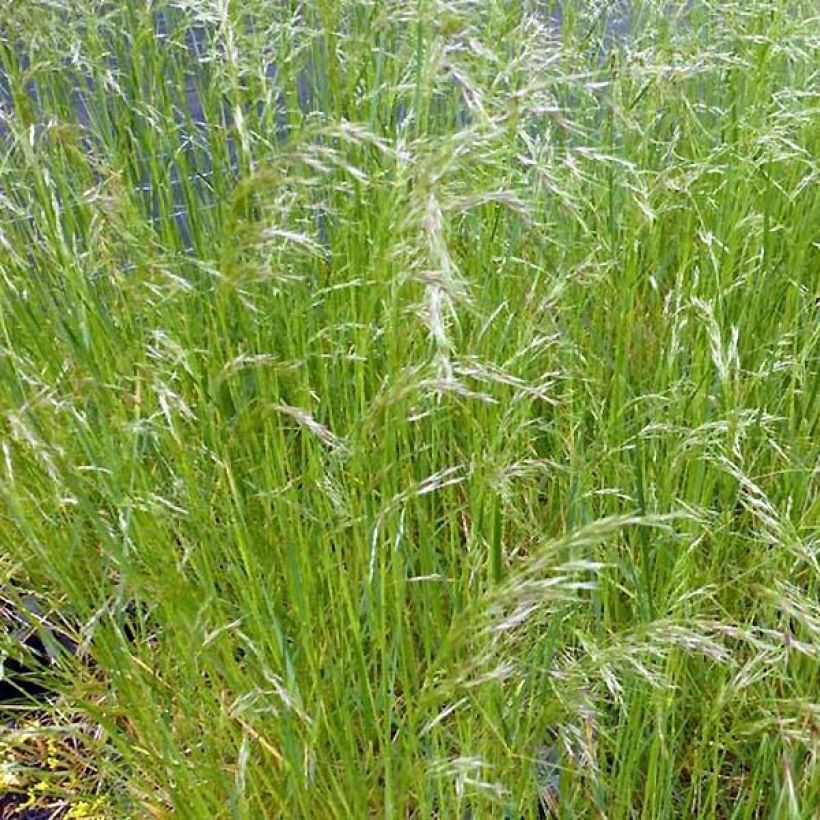

Flowering
Foliage
Plant habit
Safety measures
Botanical data
Deschampsia
caespitosa
Vivipara
Poaceae
Tufted Hair Grass, Hassock Grass, Tussock grass
Cultivar or hybrid
atteinterespiratoire
Cette plante peut entraîner des symptômes allergiques.
Evitez de la planter si vous ou vos proches souffrez de rhinite saisonnière ("rhume des foins").
Davantage d'informations sur https://plantes-risque.info
Planting and care
Deschampsia cespitosa and its varieties are very hardy grasses that tolerate any ordinary soil, but prefer it to be moist, even clayey or marshy. They require a sunny exposure. They produce numerous spontaneous sowings in moist soil, which are easy to eliminate if they are considered bothersome. You can install a mulch around their base to keep the soil cool in summer.
In pots, keep the substrate moist. In spring, apply a fertiliser for green plants. Repot your tuft when its roots have invaded the entire pot, which is usually every two or three years.
Planting period
Intended location
Care
Planting & care advice
This item has not been reviewed yet - be the first to leave a review about it.
Similar products
Haven't found what you were looking for?
Hardiness is the lowest winter temperature a plant can endure without suffering serious damage or even dying. However, hardiness is affected by location (a sheltered area, such as a patio), protection (winter cover) and soil type (hardiness is improved by well-drained soil).

Photo Sharing Terms & Conditions
In order to encourage gardeners to interact and share their experiences, Promesse de fleurs offers various media enabling content to be uploaded onto its Site - in particular via the ‘Photo sharing’ module.
The User agrees to refrain from:
- Posting any content that is illegal, prejudicial, insulting, racist, inciteful to hatred, revisionist, contrary to public decency, that infringes on privacy or on the privacy rights of third parties, in particular the publicity rights of persons and goods, intellectual property rights, or the right to privacy.
- Submitting content on behalf of a third party;
- Impersonate the identity of a third party and/or publish any personal information about a third party;
In general, the User undertakes to refrain from any unethical behaviour.
All Content (in particular text, comments, files, images, photos, videos, creative works, etc.), which may be subject to property or intellectual property rights, image or other private rights, shall remain the property of the User, subject to the limited rights granted by the terms of the licence granted by Promesse de fleurs as stated below. Users are at liberty to publish or not to publish such Content on the Site, notably via the ‘Photo Sharing’ facility, and accept that this Content shall be made public and freely accessible, notably on the Internet.
Users further acknowledge, undertake to have ,and guarantee that they hold all necessary rights and permissions to publish such material on the Site, in particular with regard to the legislation in force pertaining to any privacy, property, intellectual property, image, or contractual rights, or rights of any other nature. By publishing such Content on the Site, Users acknowledge accepting full liability as publishers of the Content within the meaning of the law, and grant Promesse de fleurs, free of charge, an inclusive, worldwide licence for the said Content for the entire duration of its publication, including all reproduction, representation, up/downloading, displaying, performing, transmission, and storage rights.
Users also grant permission for their name to be linked to the Content and accept that this link may not always be made available.
By engaging in posting material, Users consent to their Content becoming automatically accessible on the Internet, in particular on other sites and/or blogs and/or web pages of the Promesse de fleurs site, including in particular social pages and the Promesse de fleurs catalogue.
Users may secure the removal of entrusted content free of charge by issuing a simple request via our contact form.
The flowering period indicated on our website applies to countries and regions located in USDA zone 8 (France, the United Kingdom, Ireland, the Netherlands, etc.)
It will vary according to where you live:
- In zones 9 to 10 (Italy, Spain, Greece, etc.), flowering will occur about 2 to 4 weeks earlier.
- In zones 6 to 7 (Germany, Poland, Slovenia, and lower mountainous regions), flowering will be delayed by 2 to 3 weeks.
- In zone 5 (Central Europe, Scandinavia), blooming will be delayed by 3 to 5 weeks.
In temperate climates, pruning of spring-flowering shrubs (forsythia, spireas, etc.) should be done just after flowering.
Pruning of summer-flowering shrubs (Indian Lilac, Perovskia, etc.) can be done in winter or spring.
In cold regions as well as with frost-sensitive plants, avoid pruning too early when severe frosts may still occur.
The planting period indicated on our website applies to countries and regions located in USDA zone 8 (France, United Kingdom, Ireland, Netherlands).
It will vary according to where you live:
- In Mediterranean zones (Marseille, Madrid, Milan, etc.), autumn and winter are the best planting periods.
- In continental zones (Strasbourg, Munich, Vienna, etc.), delay planting by 2 to 3 weeks in spring and bring it forward by 2 to 4 weeks in autumn.
- In mountainous regions (the Alps, Pyrenees, Carpathians, etc.), it is best to plant in late spring (May-June) or late summer (August-September).
The harvesting period indicated on our website applies to countries and regions in USDA zone 8 (France, England, Ireland, the Netherlands).
In colder areas (Scandinavia, Poland, Austria...) fruit and vegetable harvests are likely to be delayed by 3-4 weeks.
In warmer areas (Italy, Spain, Greece, etc.), harvesting will probably take place earlier, depending on weather conditions.
The sowing periods indicated on our website apply to countries and regions within USDA Zone 8 (France, UK, Ireland, Netherlands).
In colder areas (Scandinavia, Poland, Austria...), delay any outdoor sowing by 3-4 weeks, or sow under glass.
In warmer climes (Italy, Spain, Greece, etc.), bring outdoor sowing forward by a few weeks.






























